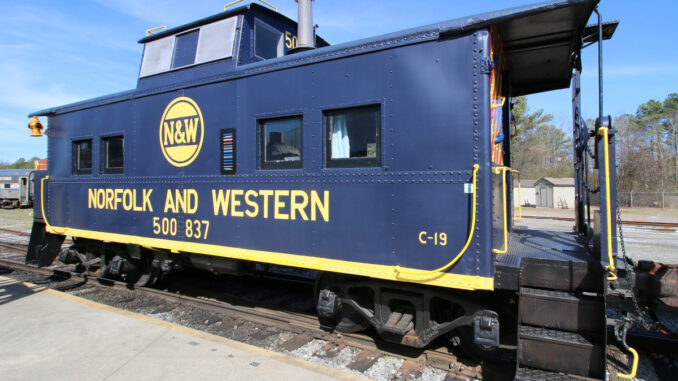
DULUTH, Ga. — The caboose may be the most recognizable railroad car, but they are rarely seen on the rails today.
Interestingly, the word caboose may derive from the Dutch word “kombuis.” It originally referred to a gallery on a ship.
Since they first appeared on the railroad scene, “the caboose has been the post for those monitoring the air pressure in braking systems, watching for dragging equipment, looking out for hazardous load shifts and, most important, checking car axles for overheated bearings that can lead to derailments,” The New York Times reported in 1985.
According to estimates, there were approximately 2,700 cabooses in use on American railroads in 1870. By 1900, there were more than 17,600 on the rails.
The Southeastern Railway Museum in Duluth, Georgia, will be celebrating the caboose during Caboose Days on April 7-8. The two-day, family-friendly event features live music, crafts and, of course, rides on vintage cabooses.
Click here for a few facts you may not have known about these beloved cars.



